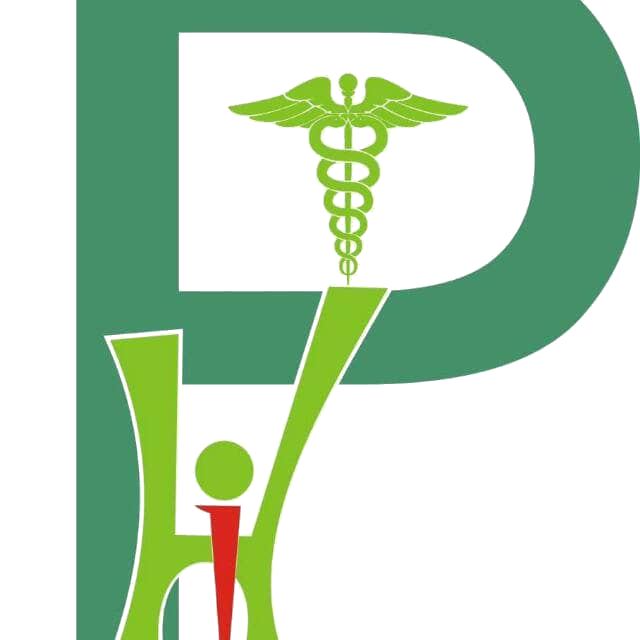Child Care programs in Uganda
Overview
Child Care programs in Uganda: Uganda has made considerable progress in improving child survival and development. However, there are still many challenges affecting the health and survival of children in various communities around the country, especially in the remote areas. Child care covers the births of babies, their mothers’ health, health care for the children, sanitation and hygiene and several other aspects. The Pamoja Health Initiative seeks to ensure that children in Uganda have a decent and healthy childhood in order to have a fulfilling future.
Child Care programs in Uganda: Statistics concerning child care in Uganda.
Between 2011 and 2016, maternal and under-five mortality, respectively, declined from 438 deaths per 100,000 live births to 368 deaths per 100,000 live births, and from 90 deaths per 1,000 live births to 64 deaths per 1,000 live births. Stunting in children under 5 years of age declined from 33 per cent to 29 per cent. AIDS-related deaths among children dropped by 65 per cent, and 155,000 new infections were averted (between 2010 and 2019). Access to safe water increased from 70 per cent to 78 per cent.
Also, over the 2011–2016 period, immunization coverage against diphtheria-tetanus-pertussis (DTP3) and measles improved from 68 per cent to 79 per cent, and from 76 per cent to 80 per cent, respectively. The proportion of women attending at least four antenatal -care visits increased from 48 per cent to 60 per cent, and deliveries in health facilities rose from 57 per cent to 73 per cent. These improvements have been in various areas including the Karamoja region, where poverty and deprivation levels are among the highest.
The goals for Pamoja Health Initiative to ensure proper child care
Pamoja Health Initiative intends to strengthen service delivery, while educating families and communities and simultaneously encouraging demand for the following services:
- High quality, integrated packages for pregnant and lactating mothers and newborns, including HIV.
- Essential package of quality preventative, promotional and curative services for infants and young children.
- High-impact nutrition interventions.
- Safe water, sanitation and hygiene.
We aim at working with various government officials, district local governments and other stakeholders to achieve accelerated progress by ensuring that:
- Families and communities adopt positive care and nurturing practices during pregnancy, childbirth, early childhood and adolescence.
- Children get immunization and have timely access to treatment for common childhood diseases, especially malaria, pneumonia and diarrhoea.
- Women, mothers and newborns receive an essential quality reproductive, antenatal, post-natal and newborn health services package.
- Adolescent boys and girls receive comprehensive prevention interventions and access comprehensive HIV treatment and care to reduce HIV incidence and early pregnancies.
- Caretakers get access to the necessary information, services and support to prevent nutritional stunting and micro-nutrient deficiencies and to treat severe acute malnutrition.
- Children and their families and communities have access to safe drinking water and improved sanitation and hygiene practices.
Conclusion
Pamoja Health Initiative has various objectives in place that are aimed at eradicating cases and deaths associated to malnutrition among children in Uganda especially those that stay in hard to reach areas.
We believe that every child deserves a healthy and fulfilling childhood and life. Therefore, all possible efforts are necessary to accomplish that goal.
You can also take part of this impactful cause by booking a safari with Pamoja Tours and Travel. 5% of our profits go to the projects that are run by the Pamoja Health Initiative. Some of them include providing health care services for babies/children and their mothers, creating awareness about child care and so many others.
